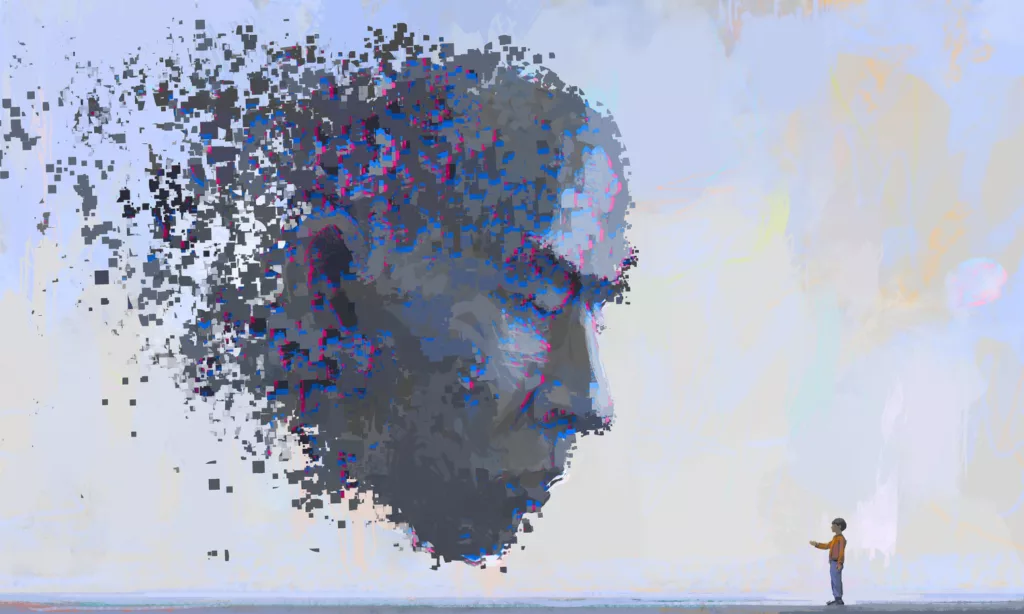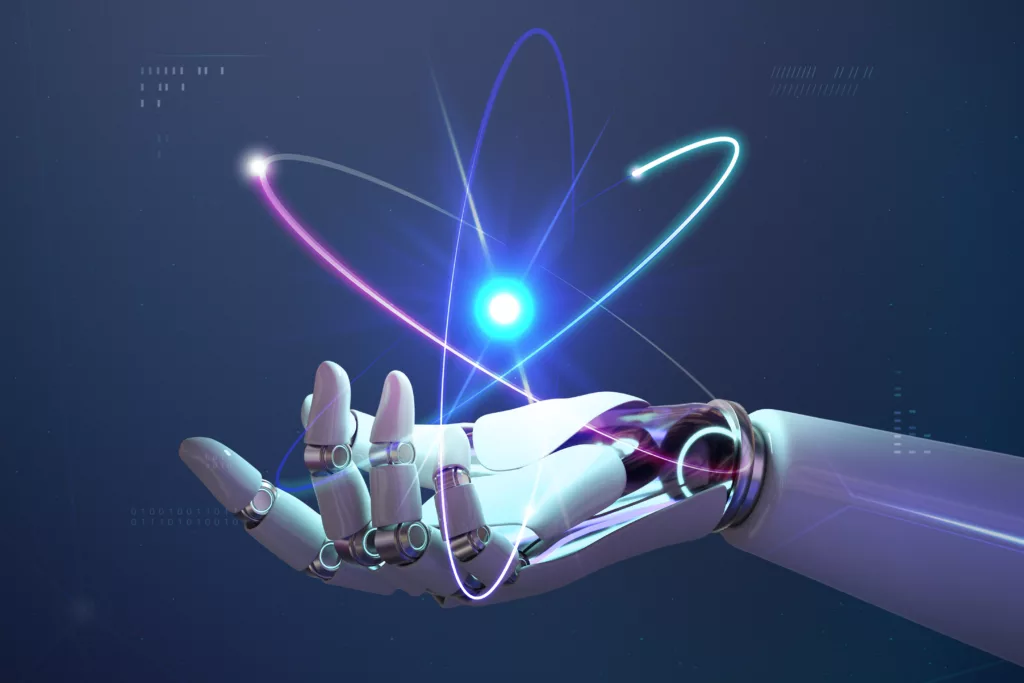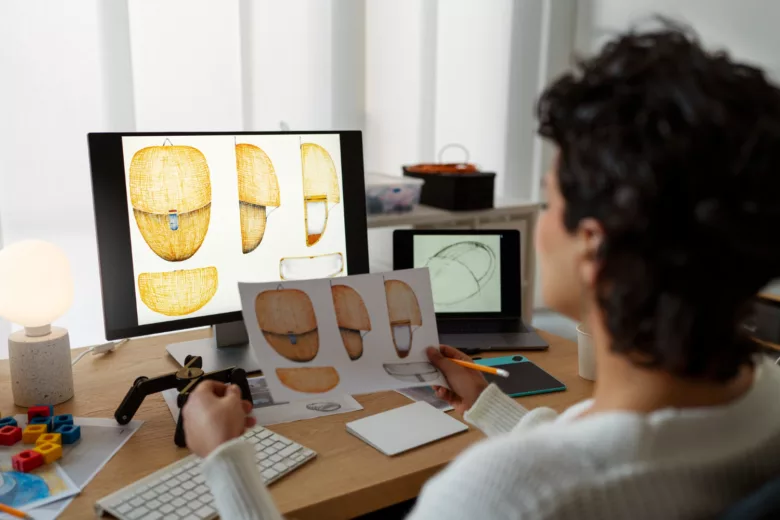In recent years, Artificial Intelligence (AI) has made significant strides in various industries, and the world of design is no exception. AI’s integration into the creative process has transformed the way designers work, making it more efficient and innovative. This article delves into the remarkable impact of AI on designers, how it has revolutionized the creative process, and its role in enhancing design workflows.
AI-Powered Design Tools

AI-powered design software has become a game-changer for designers of all kinds. These tools leverage machine learning algorithms to analyze data, understand user preferences, and make insightful recommendations. For instance, AI can assist in generating color palettes, typography suggestions, and even layout ideas. By harnessing the power of AI, designers can streamline their design processes and achieve better results in less time.
One of the most significant advantages of using AI in design is its ability to handle vast amounts of data. Designers can input various parameters, and AI algorithms can quickly process the information to provide relevant insights and solutions. This not only saves time but also ensures that the designs align with the preferences of the target audience.
Enhancing the Design Workflow with AI
Design workflows often involve multiple iterations to achieve the desired outcome. With AI, designers can optimize this process by automating repetitive tasks and generating alternative design options. AI algorithms can learn from previous design choices and user feedback, which contributes to refining the design workflow over time.
Furthermore, AI can assist designers in automating mundane tasks, such as resizing images, formatting layouts, or organizing files. By delegating these routine activities to AI, designers can focus on more creative aspects of their work and improve productivity.
AI for Personalized Designs
In the modern world, personalization has become a crucial aspect of design. Users are drawn to products and services that cater to their individual needs and preferences. AI plays a pivotal role in enabling personalized designs by analyzing user data and behavior.
AI algorithms can process user inputs, such as demographic information and past interactions, to create personalized design recommendations. This personalization can be seen in various fields, from website interfaces that adapt to user preferences to clothing brands offering customized apparel suggestions.
AI’s Role in Generating Design Ideas

Creativity is at the heart of design, and designers often seek inspiration from various sources. AI can provide valuable assistance in generating design ideas by analyzing vast datasets of existing designs, art, and aesthetics. This analysis enables AI to offer creative suggestions, inspiring designers to explore new possibilities.
However, it’s important to strike a balance between AI-generated ideas and human creativity. While AI can offer valuable insights, human designers still possess the intuition and emotional understanding necessary to create truly unique and emotionally impactful designs.
Overcoming Design Challenges with AI
Designers often encounter complex projects and tight deadlines, which can be overwhelming. AI can be a powerful ally in overcoming these challenges. For instance, AI can handle complex simulations and generate design alternatives, simplifying the decision-making process.
Moreover, AI’s ability to process information quickly allows designers to respond effectively to tight deadlines without compromising on the quality of their work. This capability ensures that designers can deliver exceptional results within demanding time frames.
The Future of AI in Design

The journey of AI in the design world is just beginning. As technology continues to evolve, we can expect even more sophisticated AI tools tailored to the needs of designers. These tools may include enhanced AI-generated design concepts, advanced prototyping capabilities, and seamless integration with various design platforms.
However, with the rise of AI in design, ethical considerations also come into play. Designers must be aware of the potential biases embedded in AI algorithms and ensure that the creative process remains human-centered and inclusive.
Conclusion
AI has undeniably revolutionized the world of design, empowering designers to achieve new levels of creativity and efficiency. By embracing AI-powered design tools and incorporating them into their workflows, designers can enhance their productivity and deliver personalized and captivating designs to their audiences.
The symbiotic relationship between AI and human creativity is the future of design, where innovative technologies augment human ingenuity, resulting in remarkable and inspiring outcomes.
Frequently Asked Questions
Answer: Some popular AI-powered design tools include Adobe Sensei, Autodesk Generative Design, and Canvas Design AI features. These tools offer various AI-driven functionalities to support designers throughout their creative journey.
Answer: The accessibility of AI-powered design tools has significantly increased, making them more affordable for individual designers and smaller design studios.
Answer: AI streamlines design processes by automating repetitive tasks, generating alternative design options, and providing valuable insights and recommendations. This efficiency allows designers to focus on more creative aspects of their work.
Answer: AI in design has its limitations. AI algorithms rely on existing data and patterns, which can lead to biases and lack of originality. Moreover, AI might struggle with tasks that require abstract thinking or emotional understanding.
Answer: While AI can enhance the design process and generate creative suggestions, it cannot entirely replace human designers. Human creativity, emotional intelligence, and intuition remain essential elements in creating unique and impactful designs.
